Elegant pair of sterling silver sugar tongs in scissor form, made in London in the second half of the 18th century, and attributed to the silversmith WILLIAM HARRISON I, active from 1758.
This refined model features a pierced structure with symmetrical scrollwork and Rococo flourishes, characteristic of English taste during the reign of GEORGE III. The S-shaped arms are joined by a circular hinge with a plain central plate, engraved with an old monogram E * N. The ends are formed as trilobe shell-shaped nips, designed to grasp lumps of sugar, which at the time were broken from compact sugarloaves.
Hallmarks
- Lion Passant (sterling silver 925/1000)
- Partially struck maker’s mark on the finger rings, very likely W·H for WILLIAM HARRISON I, a mark referenced among several smallworkers in London
- French swan import marks, applied later in France, certifying the silver standard upon import
The overall style, proportions, and quality of manufacture strongly support this attribution. The delicate pierced arms, modest size, and sharp detailing are all consistent with known examples by William HARRISON I, whose tea tongs are recorded between c.1760 and 1780.
A refined accessory of the Georgian tea service, these tongs reflect the elegant craftsmanship and decorative taste of 18th-century England.
Sugar Tongs in Georgian England
In 18th-century England, tea drinking became an elaborate and codified social ritual. Sugar, supplied in solid loaves, was broken into lumps and served using sugar tongs – also called tea tongs or sugar scissors.
From the 1720s onwards, these implements took on an articulated scissor form, often richly ornamented for the finest tables. Mid-century models are distinguished by their pierced S-scroll arms, trilobe shell grips, and Rococo ornament, combining volutes, symmetry, and movement.
Around 1770, the scissor type began to give way to the more practical bow tongs, with simple sprung U-shaped frames, easier to use but generally plainer in design.



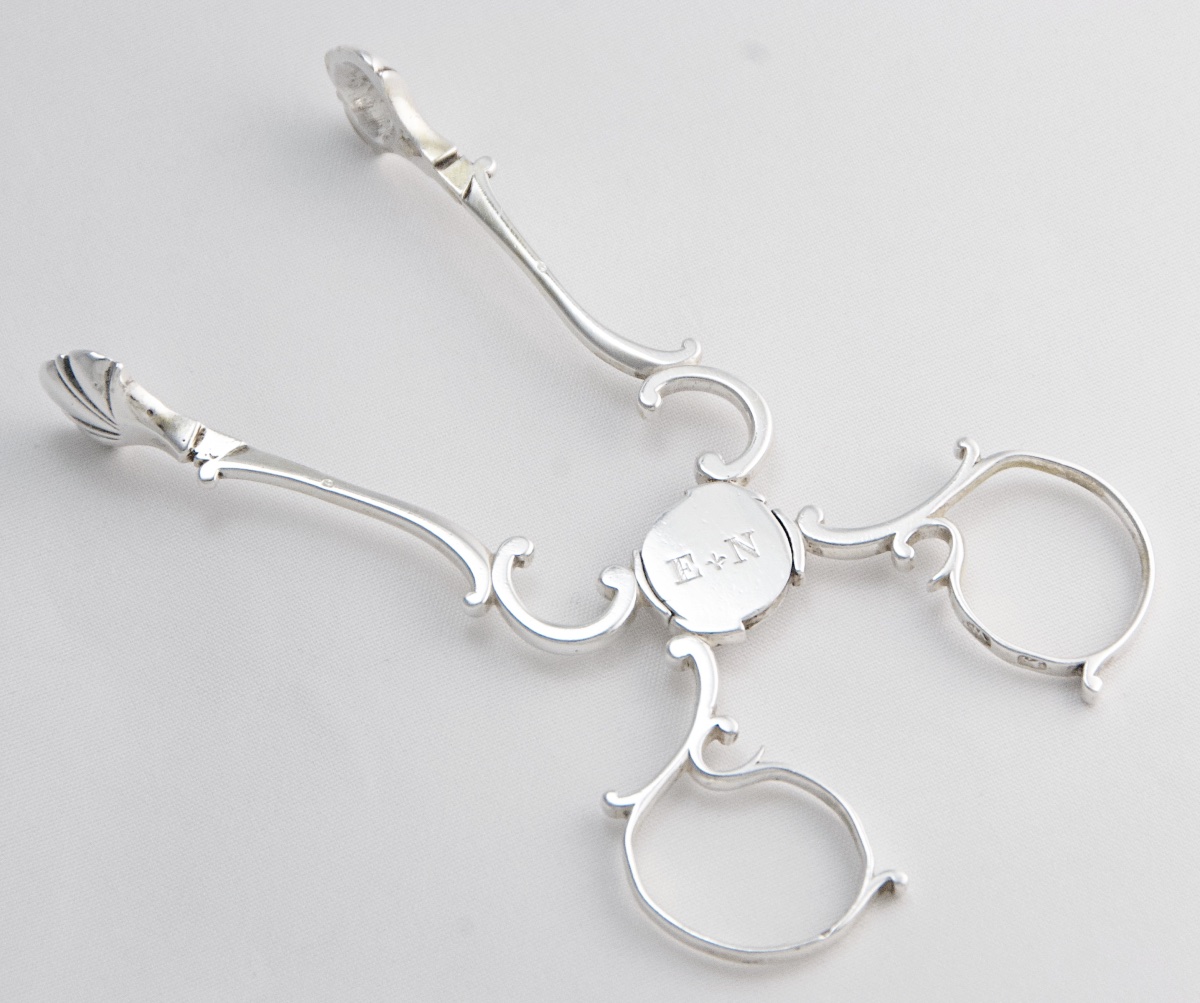












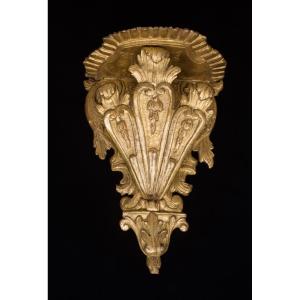


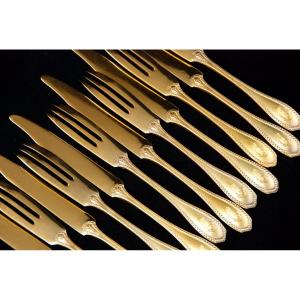
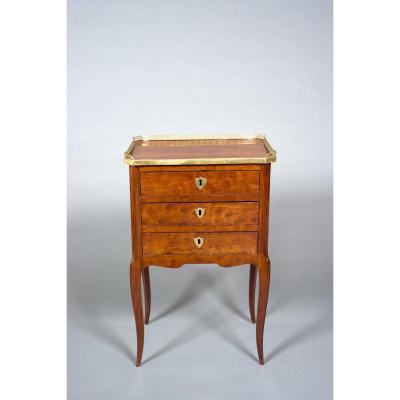




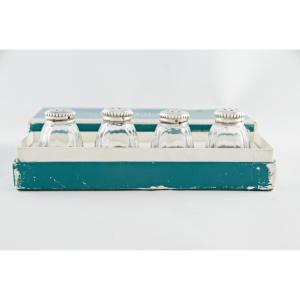



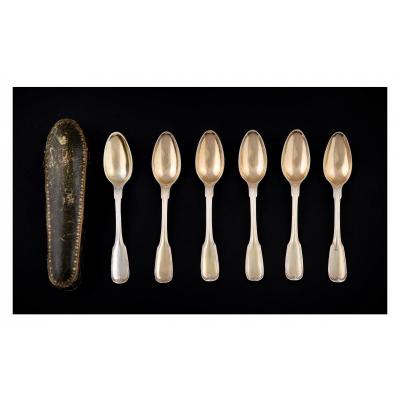


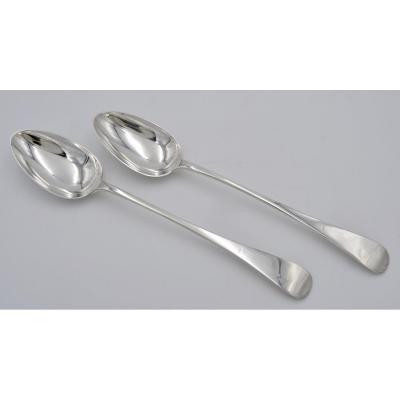






 Le Magazine de PROANTIC
Le Magazine de PROANTIC TRÉSORS Magazine
TRÉSORS Magazine Rivista Artiquariato
Rivista Artiquariato